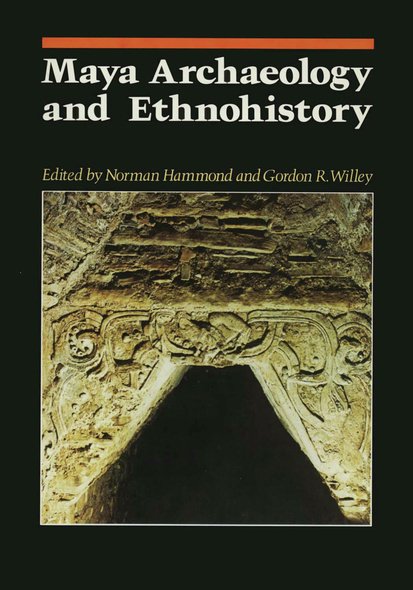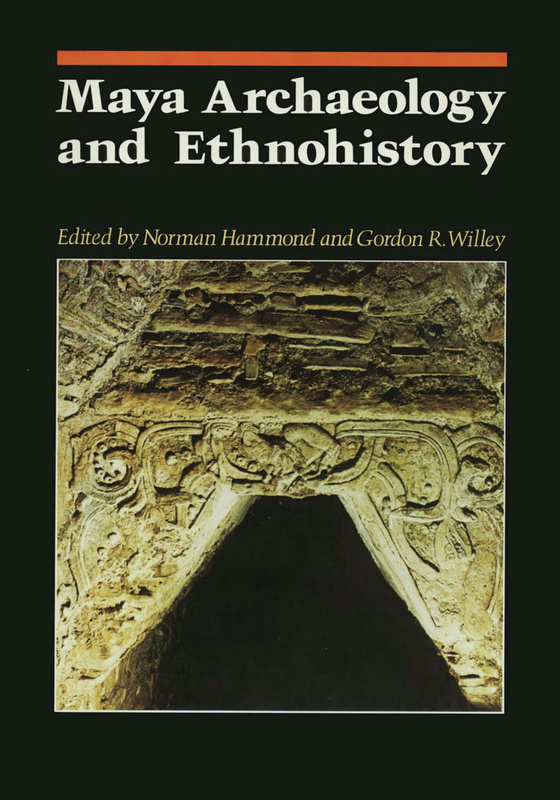Maya Archaeology and Ethnohistory
Embracing a wide range of research, this book offers various views on the intellectual history of Maya archaeology and ethnohistory and the processes operating in the rise and fall of Maya civilization.
The fourteen studies were selected from those presented at the Second Cambridge Symposium on Recent Research in Mesoamerican Archaeology and are presented in three major sections.
The first of these deals with the application of theory, both anthropological and historical, to the great civilization of the Classic Maya, which flourished in the Yucatan, Guatemala, and Belize during the first millennium A.D. The structural remains of the Classic Period have impressed travelers and archaeologists for over a century, and aspects of the development and decline of this strange and brilliant tropical forest culture are examined here in the light of archaeological research.
The second section presents the results of field research ranging from the Highlands of Mexico east to Honduras and north into the Lowland heart of Maya civilization, and iconographic study of excavated material.
The third section covers the ethnohistoric approach to archaeology, the conjunction of material and documentary evidence. Early European documents are used to illuminate historic Maya culture. This section includes transcriptions of previously unpublished archival material.
Although not formally linked beyond their common field of inquiry, the essays here offer a conspectus of late-twentieth century Maya research and a series of case histories of the work of some of the leading scholars in the field.
- Preface (Norman Hammond and Gordon R. Willey)
- Introduction (Gordon R. Willey and Norman Hammond)
- Theoretical Interpretations
- 1. Priests, Peasants, and Ceremonial Centers: The Intellectual History of a Model (Marshall Joseph Becker)
- 2. Cropping Cash in the Protoclassic: A Cultural Impact Statement (Bruce H. Dahlin)
- 3. A New Order and the Role of the Calendar: Some Characteristics of the Middle Classic Period at Tikal (Clemency Coggins)
- 4. Teotihuacan, Internal Militaristic Competition, and the Fall of the Classic Maya (George L. Cowgill)
- 5. An Epistemological Pathology and the Collapse, or Why the Maya Kept the Short Count (Dennis E. Puleston)
- Data Presentations
- 6. Prehistoric Settlement at Copan (Gordon R. Willey and Richard M. Leventhal)
- 7. Prehispanic Terracing in the Central Maya Lowlands: Problems of Agricultural Intensification (B. L. Turner II)
- 8. The Representation of Underworld Processions in Maya Vase Painting: An Iconographic Study (Jacinto Quirarte)
- 9. A Sequence for Palenque Painting Techniques (Merle Greene Robertson)
- 10. The Lagartero Figurines (Susanna M. Ekholm)
- Ethnohistoric Approaches
- 11. The Lobil Postclassic Phase in the Southern Interior of the Yucatan Peninsula (Peter D. Harrison)
- 12. Coapa, Chiapas: A Sixteenth-Century Coxoh Maya Village on the Camino Real (Thomas A. Lee, Jr.)
- 13. Religious Syncretism in Colonial Yucatan: The Archaeological and Ethnohistorical Evidence from Tancah, Quintana Roo (Arthur G. Miller and Nancy M. Farriss)
- 14. Continuity in Maya Writing: New Readings of Two Passages in the Book of Chilam Balam of Chumayel (Gordon Brotherston)
- Bibliography
- General Index
- Author Index





